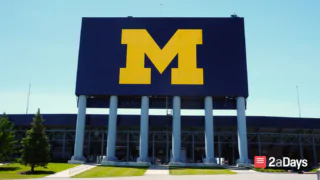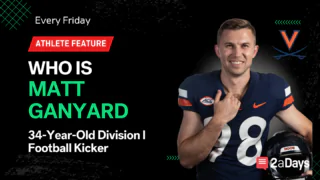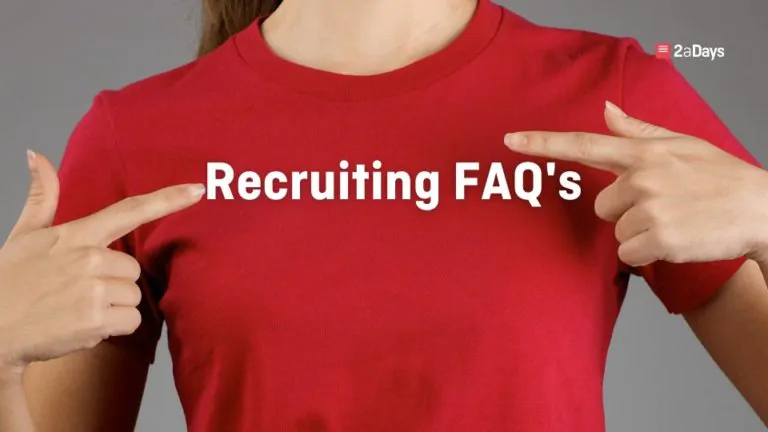Medical redshirting can be a tricky process. The university's athletic department, team medical staff, and compliance office collaborate to decide whether to award a medical redshirt in NCAA athletics. University-affiliated physicians and other medical staff members inside the athlete's program play a significant role in evaluating and determining the situation. The crucial aspect is that the choice needs to be supported by solid medical evidence and reasoning.
The following are 7 essential details about medical redshirting in NCAA sports:
1. Medical Evaluation:
To determine the extent of the injury or medical condition, the athlete must undergo a thorough medical assessment, usually conducted by a team physician or a specialist. A clear recovery timeline and an indication of when the athlete can safely resume competition under NCAA regulations will likely be provided by this evaluation.
2. Documentation:
A substantial amount of medical documentation is required to support the medical redshirt request. Medical records, test results, and doctor evaluations that support the need for a redshirt year are included in this paperwork.
3. Timing:
As soon as it's clear that the athlete's condition will keep them from competing for the rest of the season, the decision to issue a medical redshirt should be made. To maintain eligibility, the process must start as soon as possible.
4. NCAA Regulations:
The NCAA does have regulations on medical redshirting. If an athlete suffers a season-ending injury or sickness before participating in more than 30% of their team's scheduled games and before the midway point of the season, they could qualify for a medical redshirt.
5. Appeals:
If a medical redshirt request is turned down, colleges may file an appeal with the NCAA to have the ruling reviewed.
6. Academics:
It's crucial to understand that an athlete is still subject to the requirements for academic progress even if they take a medical redshirt year. During their redshirt year, they still need to fulfill the NCAA's requirements for academic eligibility and should regularly contact their professors, academic and athletic advisors, and counselors.
7. Continuous Eligibility:
A medical redshirt is intended to give an athlete an additional year of eligibility in the event of uncontrollable circumstances. It lets players compete for an extra season after recovering from the sickness or injury.
The player and the university must collaborate closely with the NCAA compliance office and medical specialists to ensure compliance with NCAA standards. Specific procedures and requirements may differ between NCAA institutions. Whether or not to issue a medical redshirt ultimately depends more on the athlete's medical condition and how it affects their ability to participate than on the doctor who performed the evaluation.
* Originally published on October 18, 2023, by Liza Tankimovich







